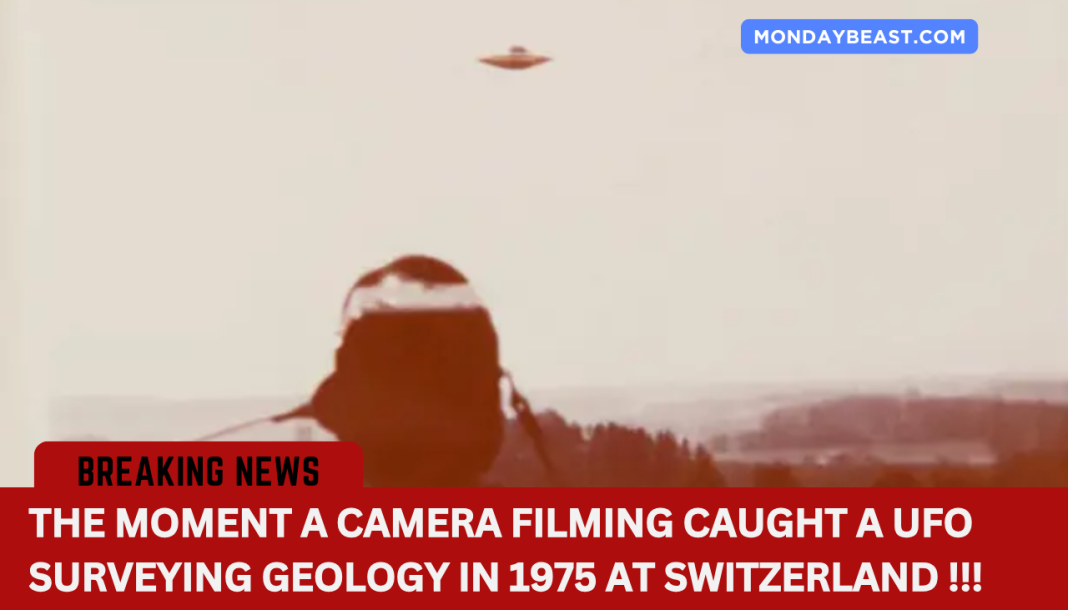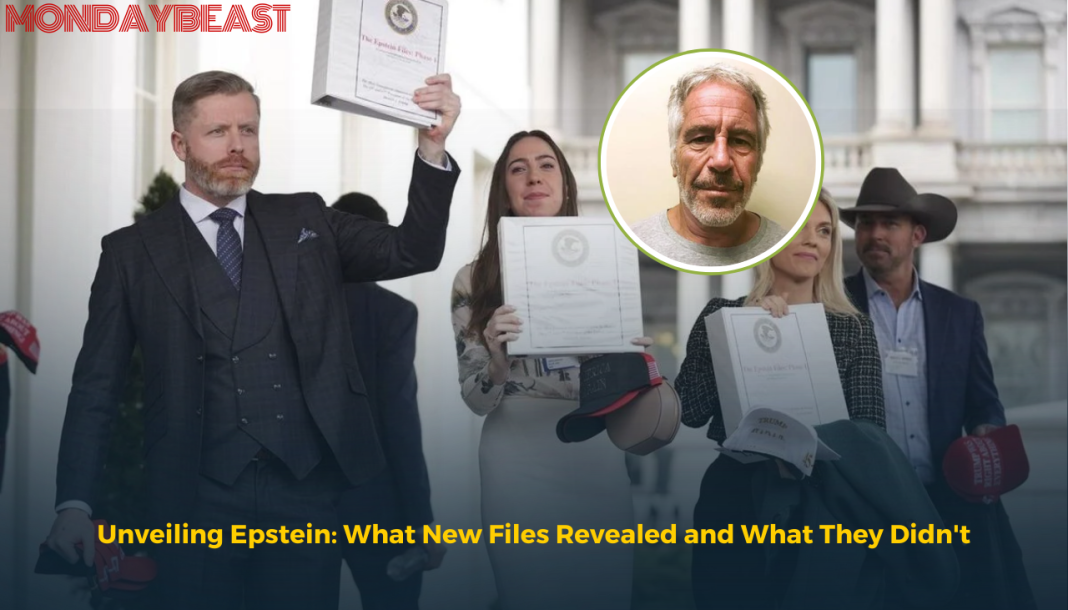
On a crisp morning in March 1975, something extraordinary happened in Switzerland. A man named ‘Billy’ Eduard Albert Meier captured images that would ignite curiosity about UFOs for decades. These photographs, taken in the serene landscapes of Winkelriet-Wetzikon, Schmidrüti, and Berg Rumlikon, show what he claimed to be visitors from another planet. But could these images be real?
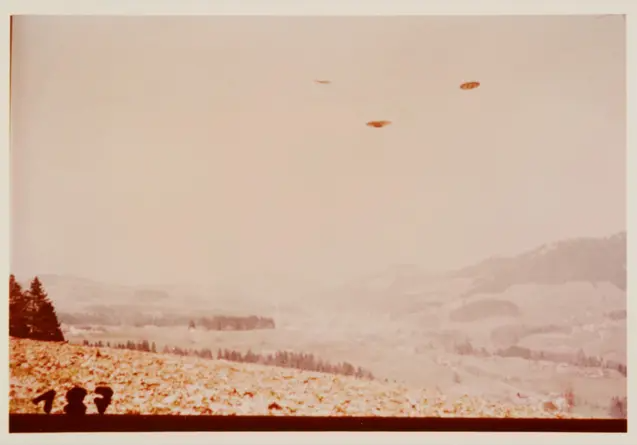
For years, skeptics have asked: can we trust what we see? Meier’s images prompted intense scrutiny. Lt. Col. Wendelle Stevens, a retired U.S. Air Force pilot, became intrigued. He spent years investigating the Meier case with a dedicated team. They analyzed over 100 UFO incidents but found Meier’s photos particularly baffling. The journey into these photographs is nothing short of captivating.
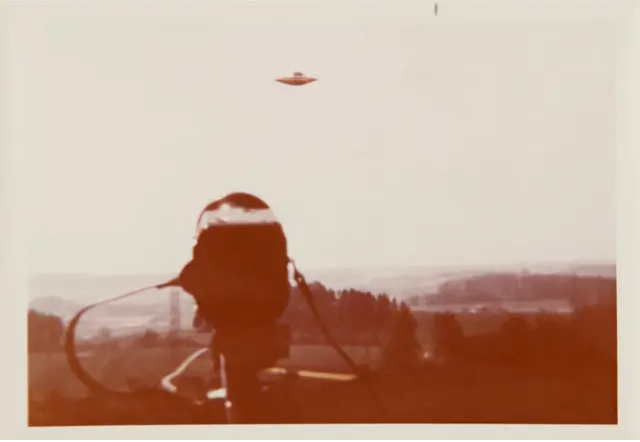
The journey into Meier’s story doesn’t end there. One image, in particular, became iconic. It morphed into the infamous “I Want to Believe” poster used in The X-Files. This simple image hung in FBI agent Fox Mulder’s office. It sparked the imagination of audiences every week. Many wondered: was this proof of life beyond Earth?
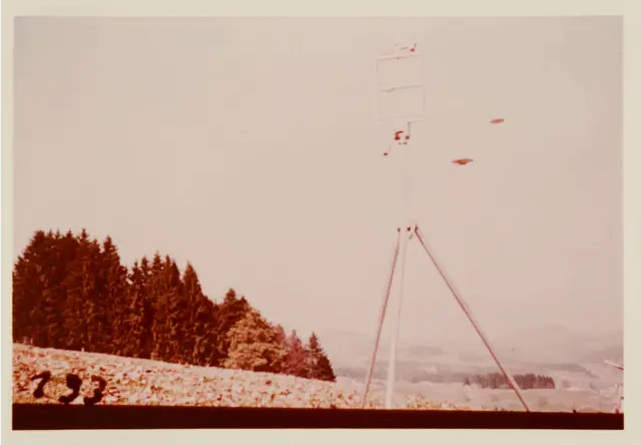
Meier took 1,476 photographs throughout his experiences with what he claimed were extraterrestrial beings. Among them, about 600 images showed unidentified flying objects. His dedication to capturing these phenomena is awe-inspiring. The intrigue grows. What drives someone to document the unimaginable?
As we dive deeper, it’s essential to consider the scientific aspect too. Stevens collaborated with institutions like NASA to test these photographs. When they analyzed them, the results added fuel to the ongoing debate. Were they manipulated? Or could there be some truth to Meier’s encounters? Questions like these keep us searching for answers.
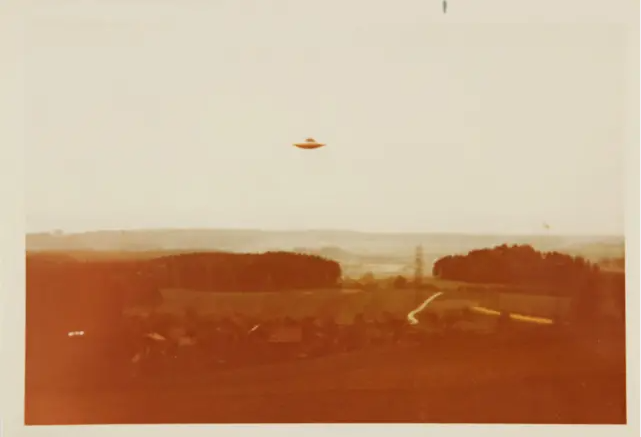
Critically, the frame of reference changes when we consider the emotional impact of this story. A sense of wonder emerges. What if there really are beings from another world? It’s both terrifying and thrilling. Consider your reactions when hearing about sightings. Do they fill you with dread or wonder?
Throughout the years, Meier’s evidence has drawn both admirers and critics. Some hail him as a visionary. Others dismissed him as a hoaxer. This dichotomy serves to fuel ongoing discussions. Is it wrong to yearn for something beyond our grasp?
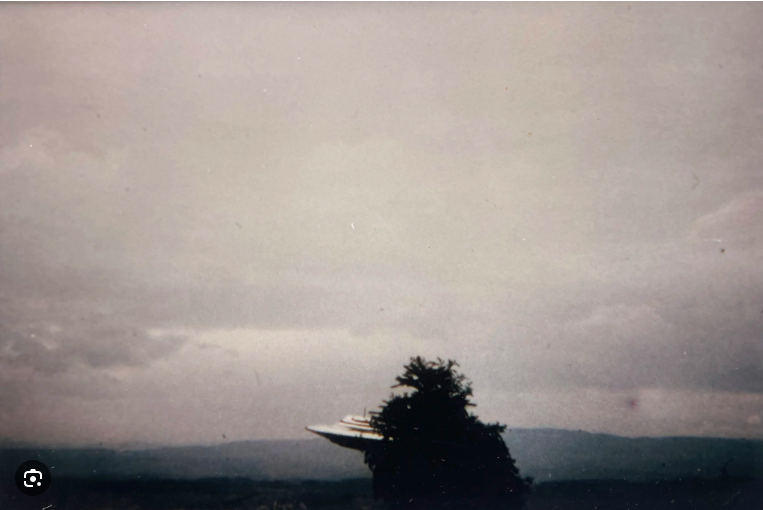
In contemporary culture, Meier’s photos remain significant. They weave into new discussions about extraterrestrial life. Some researchers argue they reflect a broader longing within humanity. The desire to connect with something greater than ourselves. How often do we reflect on our own existence in the universe?
As we dissect the narratives around Meier, it’s essential to approach carefully. The world of UFOs can be enchanting yet perplexing. They challenge our understanding and beliefs. As we ponder these encounters, it’s normal to seek meaning in our own experiences. Have we missed similar signs? Could there be more to explore?
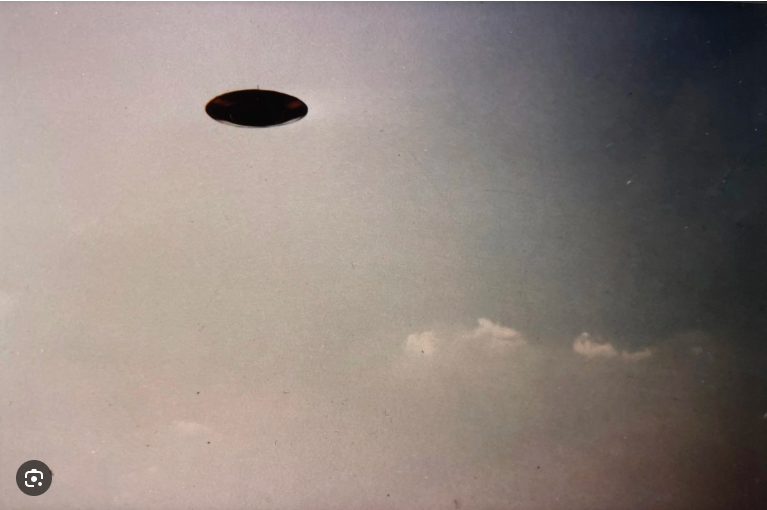
Meier’s work reminds us that curiosity is alive. The push for truth about UFOs continues. What will future investigations reveal? Are we simply chasing shadows, or are we on the brink of understanding? The possibilities are endlessly compelling. Let’s keep wondering and exploring.

